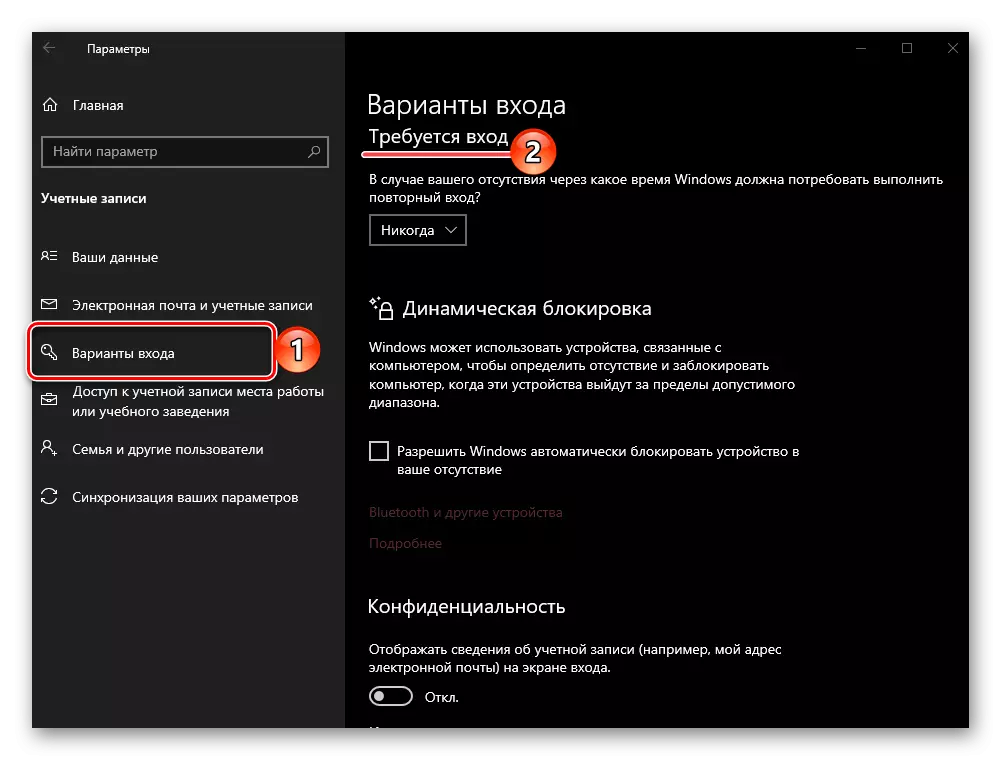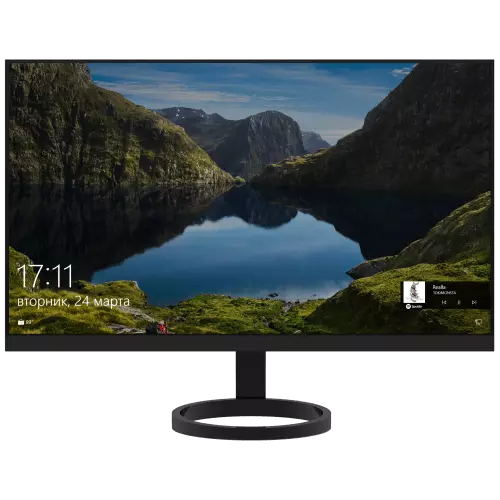
By default, in the topical version of the OS from Microsoft so that after starting the PC to get to the desktop, you must unlock access by specifying a password or PIN from the account. However, there are cases when Windows 10 starts bypassing this screen or when it is required to enable it independently, for example, with temporary reference from the computer. We will first tell about the second, and then about the first.
Self locking screen in windows 10
You can block the PC screen or laptop using key combinations - specially designed for this purpose or providing access to the menu, one of the options of which solves our task.Method 1: Key combination
"Win + L" is a pair of keys, clicking on which instantly blocks the screen in the "dozen" both from the desktop and from any other window / application. The exception can be some games where the "WIN" key is automatically turned off.

Note: Most game keyboards also have the ability to block "Win", so before using the above-mentioned combination, make sure it is available.
Method 3: Change input parameters (for local accounts)
You can access all the possibilities of Windows 10 only if you have an account Microsoft, but many users continue to use a local account in the operating system. If the password is not set on it, the lock screen when starting the OS will automatically load and go to the desktop immediately. The solution in this case will be the change in the entry parameters.
- Press the "Win + I" keys to call "parameters" and go to the "Accounts" section.
- Open the "Input Options" tab (previously called "input parameters"), and in it, in the "Input to the device" block, select "PIN" or "Password", depending on what you want to enter access to the operating system .
- Next, click on the "Edit" button, enter the current password from the account, and then specify a new one, confirm it and click "OK".
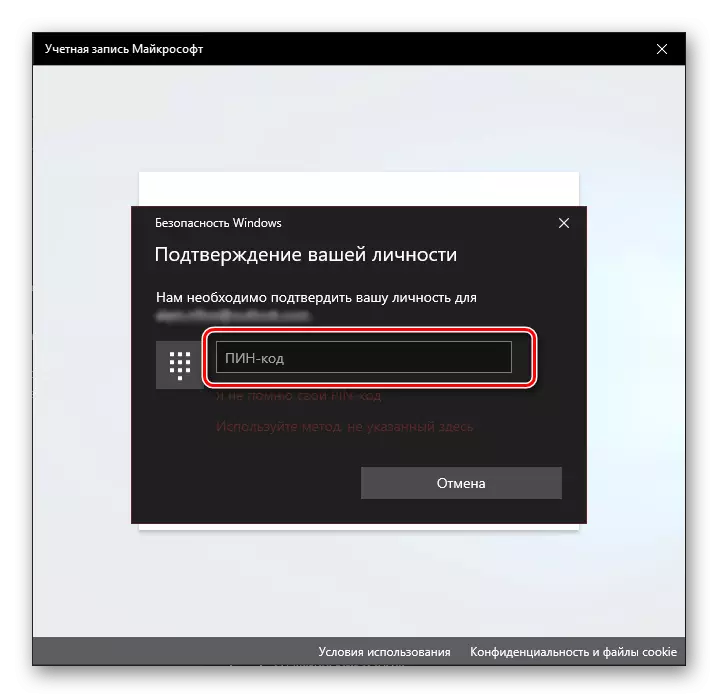
Note: If you do not know the current password from the account, use the appropriate link to restore it and read the following article below.
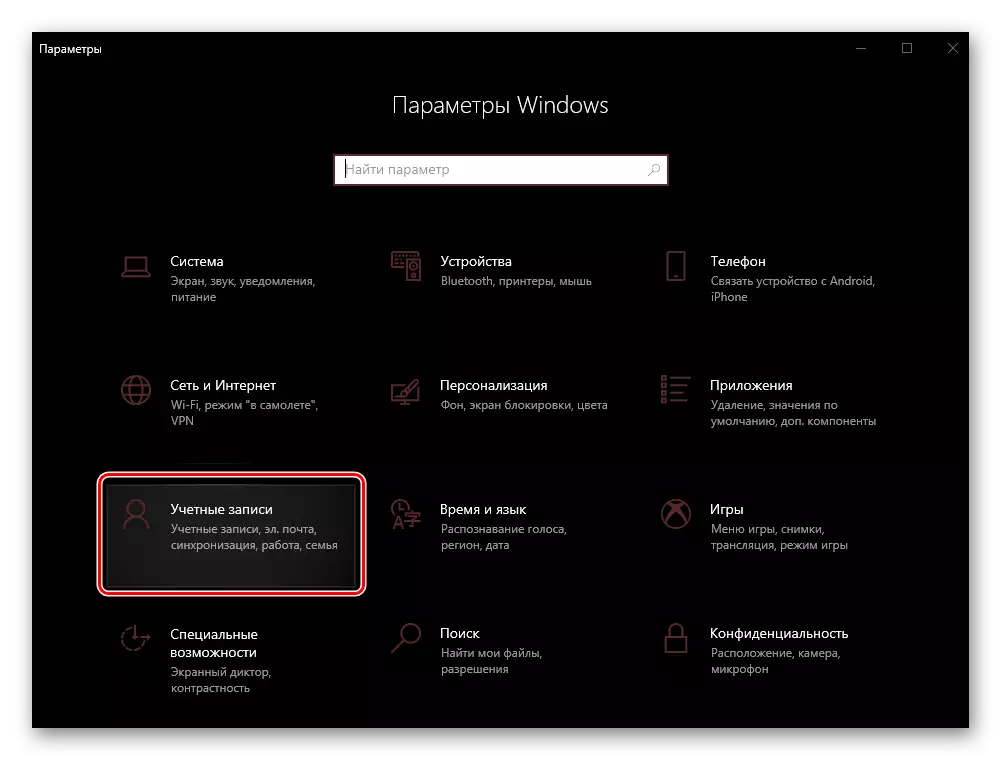
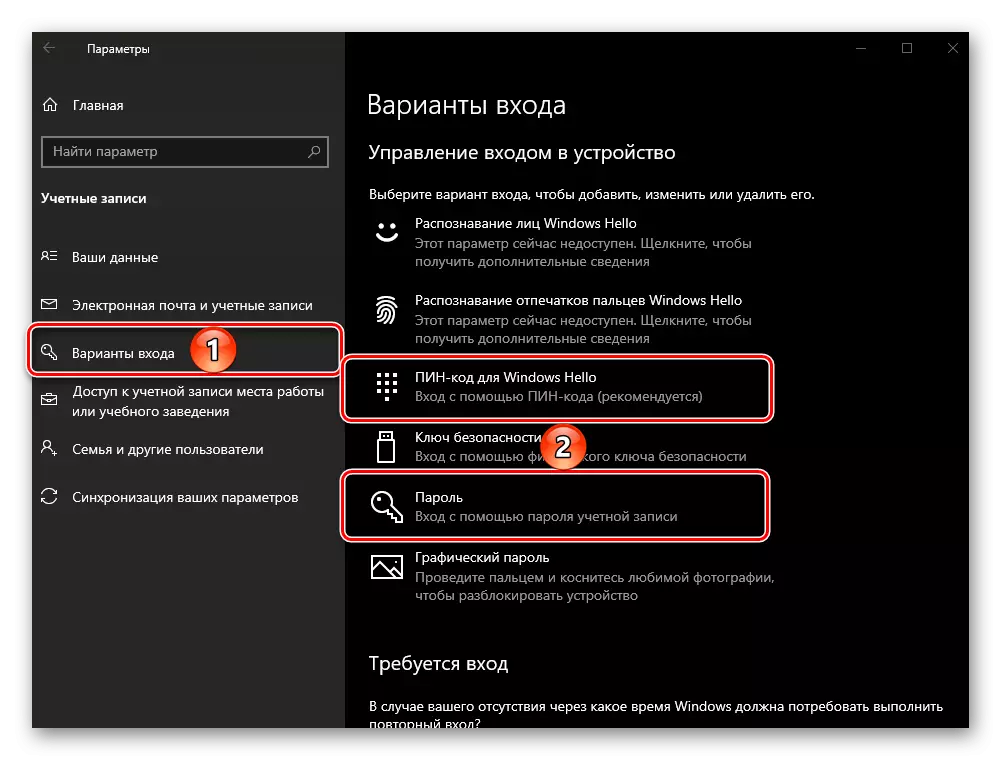
Read more: How to restore password from the account in Windows 10
Exit the system and log in to it again or restart the computer so that the changes have entered into force.
Automatic screen lock
If, in addition to the ability to independently lock the screen and the need to enter a password or a pin-code when you start the operating system, you are also interested in how to make a PC or laptop blocked automatically after some time of inactivity or with your direct exconance, follow the following.
- Repeat the steps from the steps number 1-2 of the previous part of the article, but this time scroll through the list of available options to the "Login" block.
- In the drop-down list, select the "Computer Output Time from Sleeping Mode".
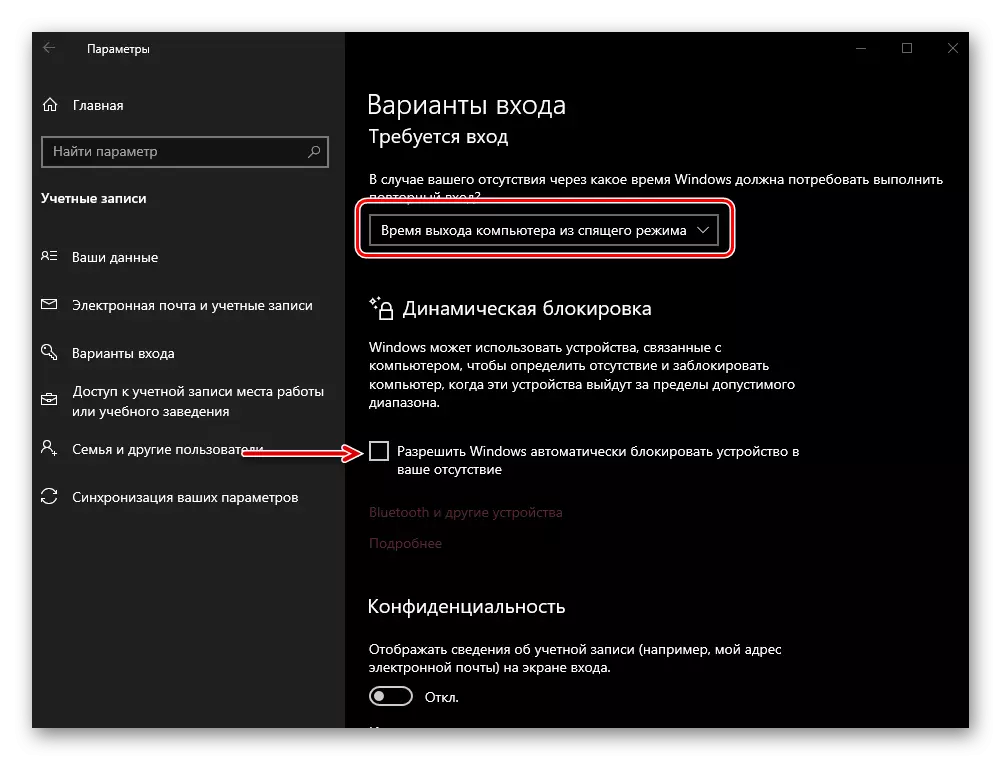
Advice: If you also want the PC screen to be blocked almost immediately after you stop using it and move away, follow the description of the work "dynamic lock" and, if it is suitable for you, install the check in the checkbox in front of the "Allow Windows automatically to automatically block item. Computer in your absence. "
- Additionally, you need to set the time after which the PC or laptop will go into sleep during inactivity. To do this, on the main page "Parameters", open the System section, go to the "Power and Sleep Mode" tab and specify the desired value in the drop-down list under the appropriate unit.

Now you know how to enable the lock screen on a PC or laptop with Windows 10, and what to do if it does not appear when the operating system is started.
